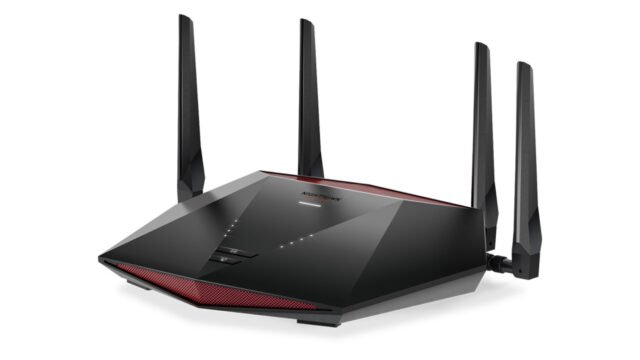Wi-Fi 7 (802.11be), which will be available commercially, will be launched by Intel. More than twice as quick as Wi-Fi 6E, it will have the newest high-speed data processing technology (802.11ax).
All PC devices are to be included in the rollout
By the end of 2024, all PC devices will be included in the rollout, which will start with laptops. The wireless solutions division of Intel’s executive vice president, Eric McLaughlin, stated that “we expect it to debut in significant markets in 2025.”
Wi-Fi 7, according to McLaughlin, “almost increases the frequency bandwidth of 802.11ax (170 MHz) to 320 MHz. It also doubles the speed of Wi-Fi.” Following that, he claims that there is still time to boost speeds after Wi-Fi 7 is released.

High-end video games, VR, AR, and robots are just a few of the new uses Intel anticipates for Wi-Fi 7. While Intel intends to collaborate with other businesses to produce Wi-Fi 7, Qualcomm, Broadcom, and MediaTek are also working on their own versions of the Wi-Fi 7 standard.
Wi-Fi 6E was made widely available by the FCC in 2020, which is a very recent development. Prior to that, Wi-Fi 6 was released in 2018, creating a further two-year gap. Wi-Fi 5 and 6 were separated by four years, and Wi-Fi 4 and 5 by six years. As we can see, technology is developing quickly. But is it moving too quickly?
How many regular users, excluding those in the tech sector, are actually keeping up with the quick Wi-Fi advancements? Would they be aware of or care about the differences in frequency bandwidth between Wi-Fi 6 and Wi-Fi 6E, or even between Wi-Fi 7 and Wi-Fi 6, for that matter?
Why would they purchase new items that support it if their existing ones already function perfectly?
Even for the most tech-savvy customers, purchasing a laptop with built-in Wi-Fi 7 is sufficient; but, upgrading to the finest wireless routers every two to four years is a time-consuming and expensive task. Does the ongoing investment justify the potential reward?
For more such updates keep reading on techinnews.com



